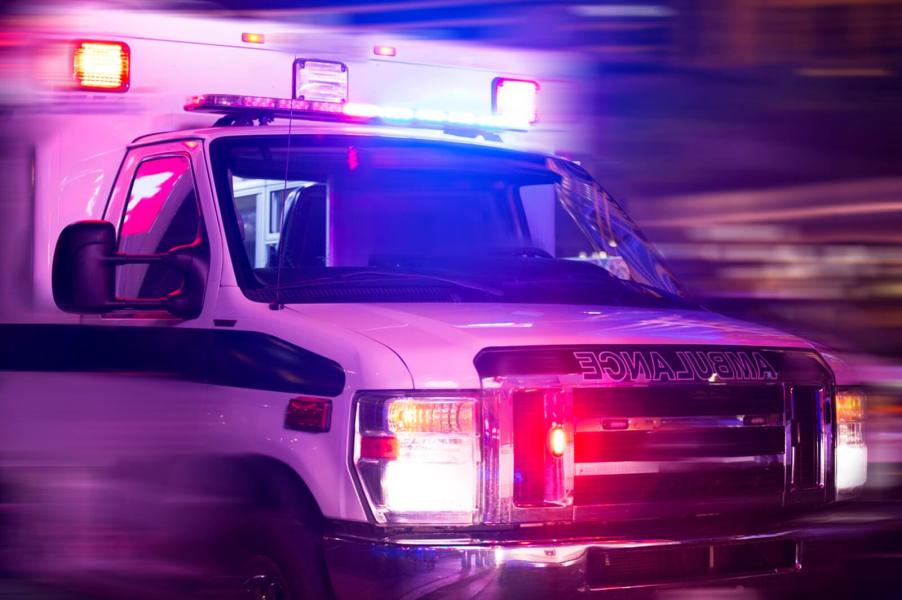
Why Do Ambulances Sometimes Turn Off Their Sirens While Driving To an Emergency?
If you drive late at night with any regularity, you may have noticed some inconsistencies with emergency vehicle drivers. Chief among these, you may note that some ambulances will turn off their sirens en route to emergency or non-emergent calls. So, why do ambulances sometimes switch off their sirens before arriving at an emergency scene?
Depending on factors like the nature of the emergency and time of day, ambulances may sometimes approach a scene without a siren
The world needs ambulance drivers. Ernest Hemingway held the job. Hundreds of thousands of Americans are EMTs or paramedics. Hell, I drove an ambulance for a while. However, it’s more than driving a box truck full of medical equipment to the scene of someone’s very worst day.
Incidentally, many ambulances work as part of a dual-role fire department. That was the case with my experience as a firefighter/EMT. Some days, I rode a fire engine. Other days, I drove an ambulance and assisted a paramedic in the discharge of their duties. Consequently, I learned a lot from my fellow first responders in the department. One of the things I learned? When to light up the roof with sirens and lights.

Let me clear something up. Ambulances (and other emergency vehicles) don’t use lights and sirens for every call. Instead, emergency vehicles use a “code” system to determine when lights, sirens, and emergency response driving is apropos. For instance, a “code 3” call typically calls for a brisk response with lights and sirens. However, a “code 1” ambulance call just requires that the rig arrive. No lights or sirens necessary.
Beyond emergency response codes for emergency medical services (EMS), fire crews, or police, there are reasons why a driver might shut off their siren before arriving. For instance, I would typically run without a siren if the call was at a time of minimal traffic density. It’s more of a courtesy thing than anything else. Many of the operators and paramedics in my organization figured that disturbing sleeping residents wasn’t necessary, especially with empty streets and intersections.
Of course, some circumstances warrant using a siren during quiet hours. For example, one of the most dangerous scenarios for emergency vehicles is an intersection during a code 3 response. Consequently, an operator might use a siren to “clear” the intersection even in the early morning hours.



